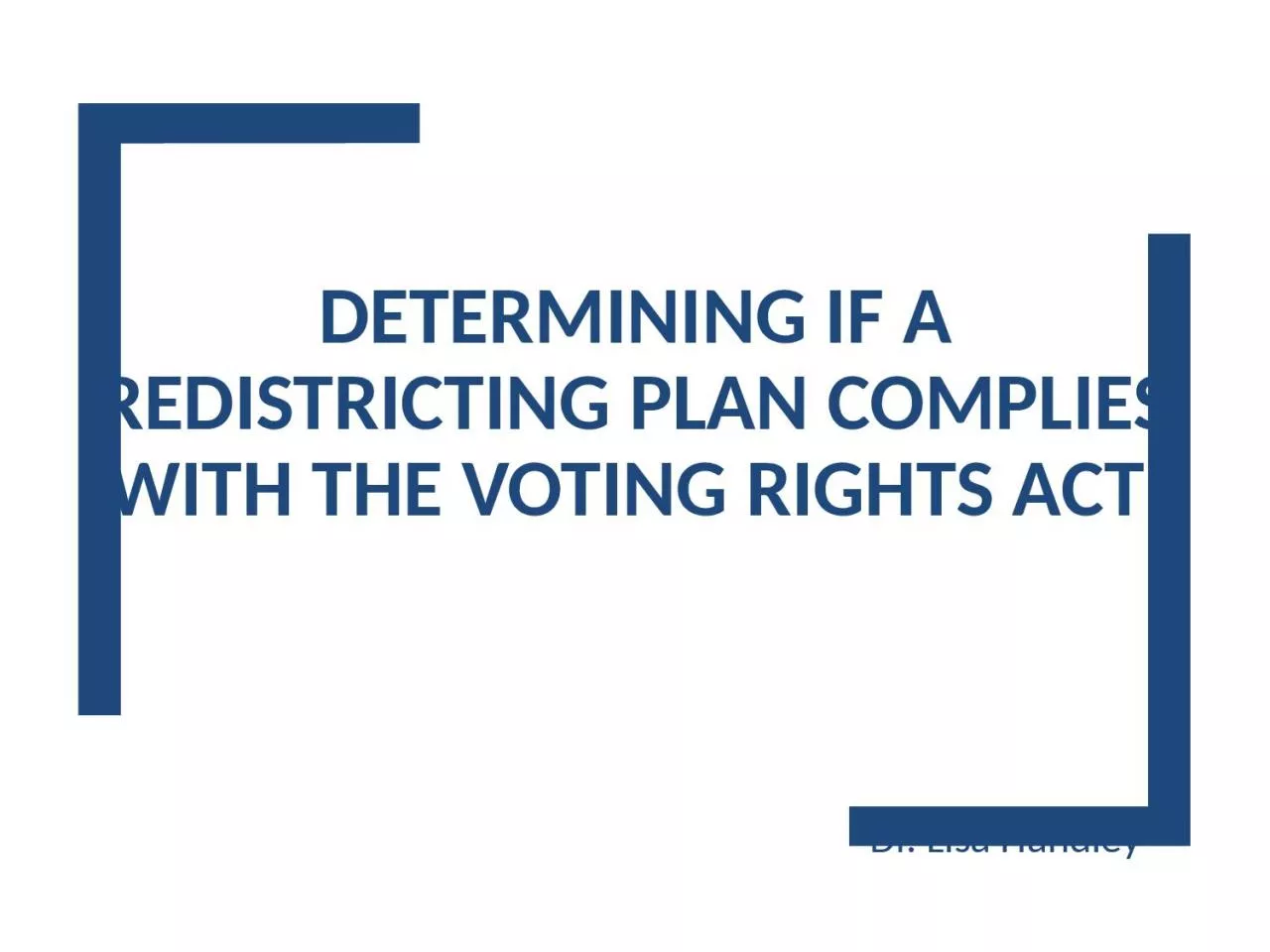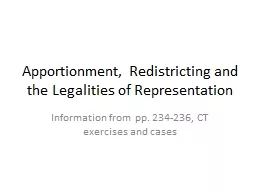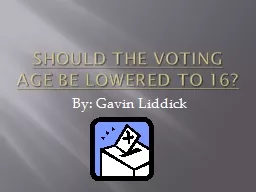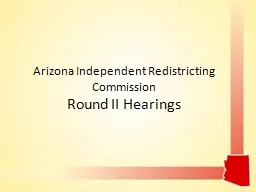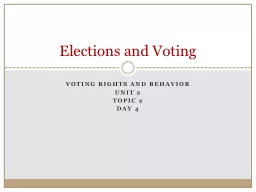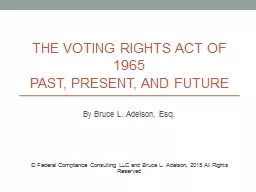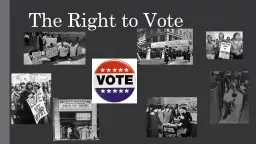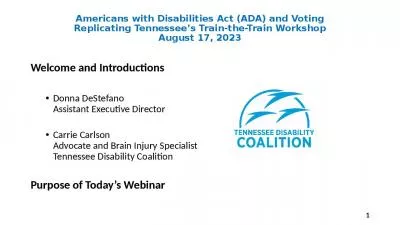PPT-DETERMINING if A redistricting plan Complies with the Voting Rights Act
Author : susan2 | Published Date : 2023-11-07
Dr Lisa Handley Redistricting Criteria Priority Pyramid Voting Rights Act of 1965 Section 2 prohibits any voting standard practice or procedure including a redistricting
Presentation Embed Code
Download Presentation
Download Presentation The PPT/PDF document "DETERMINING if A redistricting plan Comp..." is the property of its rightful owner. Permission is granted to download and print the materials on this website for personal, non-commercial use only, and to display it on your personal computer provided you do not modify the materials and that you retain all copyright notices contained in the materials. By downloading content from our website, you accept the terms of this agreement.
DETERMINING if A redistricting plan Complies with the Voting Rights Act: Transcript
Download Rules Of Document
"DETERMINING if A redistricting plan Complies with the Voting Rights Act"The content belongs to its owner. You may download and print it for personal use, without modification, and keep all copyright notices. By downloading, you agree to these terms.
Related Documents

